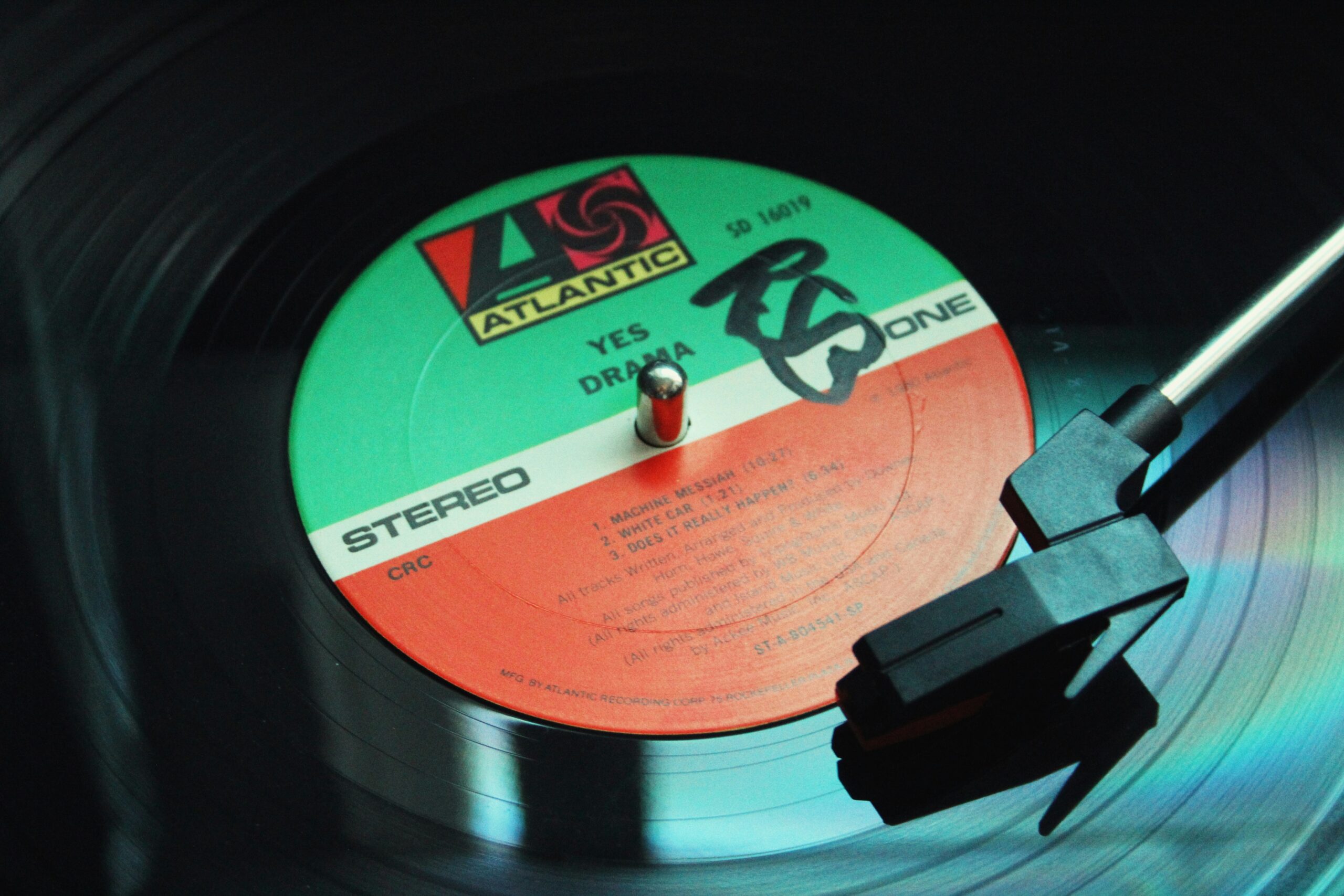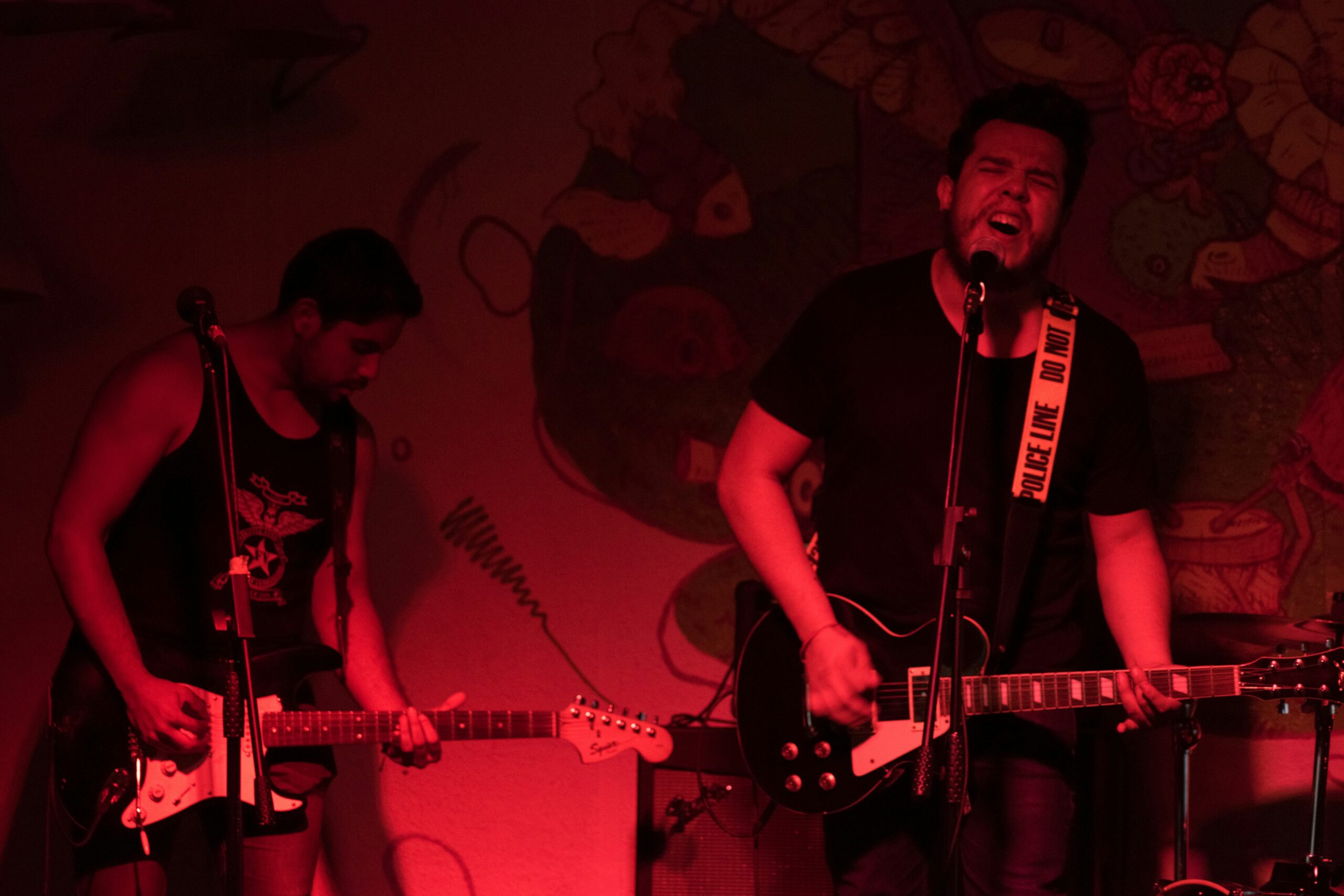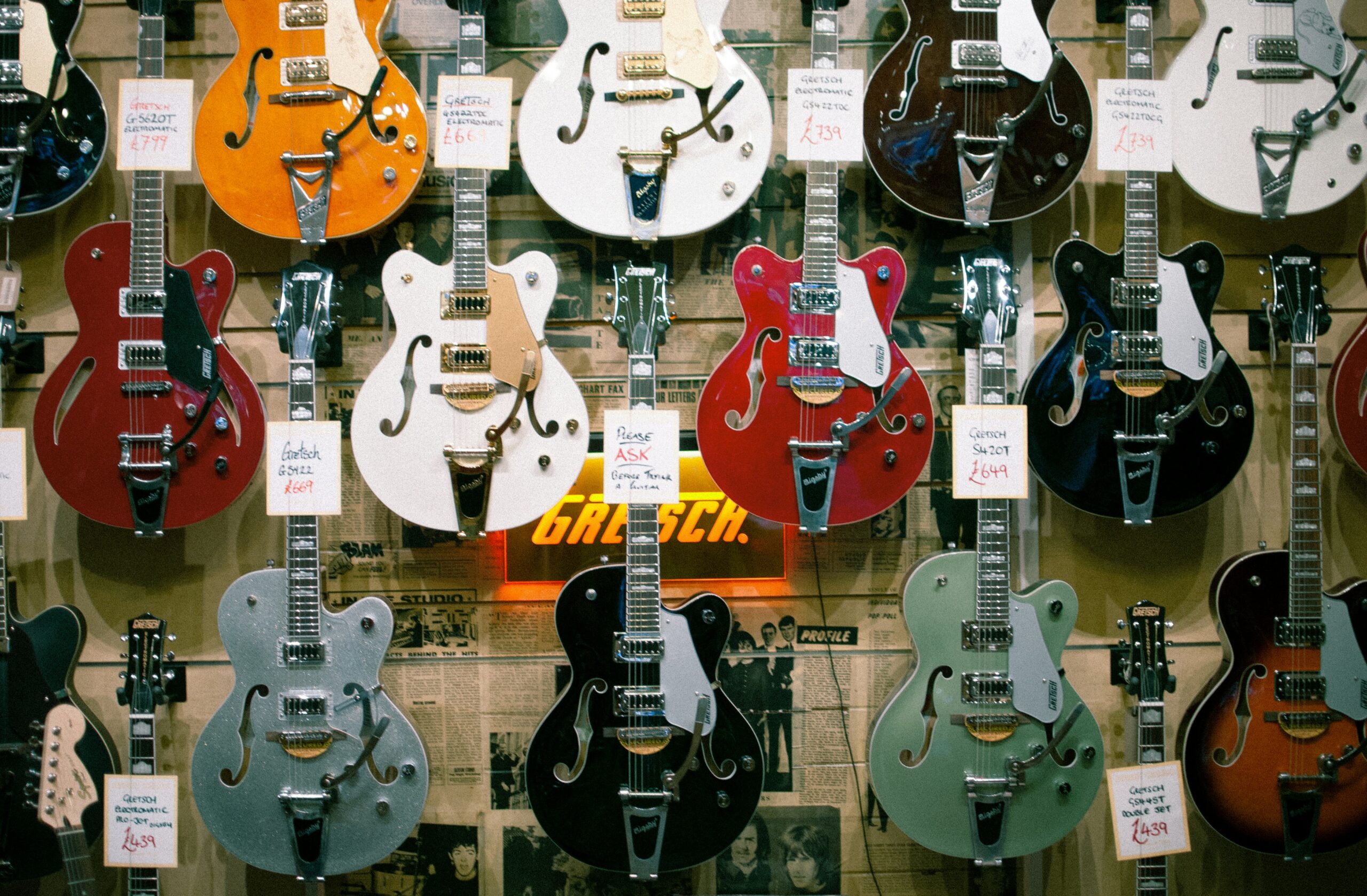Classic rock – a genre that continues to define the musical landscape long after its prime. It’s the music of an era that gave birth to some of the most iconic bands and unforgettable anthems, and yet, it remains a living, breathing part of modern music. With a sound rooted in the 60s and 70s, classic rock’s influence has shaped everything from rock’s structure to the very essence of the music industry itself.
The questions remain:
- But why does it still matter today?
- What are the characteristics of classic rock?
- What makes classic rock tick?
- Why is classic rock just as fascinating today as it was decades ago?
- What makes classic rock not only relevant but a genre that continues to find new fans and inspire today’s artists?
In this article, we’ll explore the enduring legacy of classic rock and why it remains a cornerstone of both modern music and culture:
- The golden age of classic rock: Bands Like Led Zeppelin, The Doors, and Pink Floyd and how they defined classic rock
- Why classic rock continues to attract both old and new fans
- How modern bands incorporate elements of classic rock into their sound
- Why classic rock continues to dominate the airwaves and remain relevant in today’s music scene
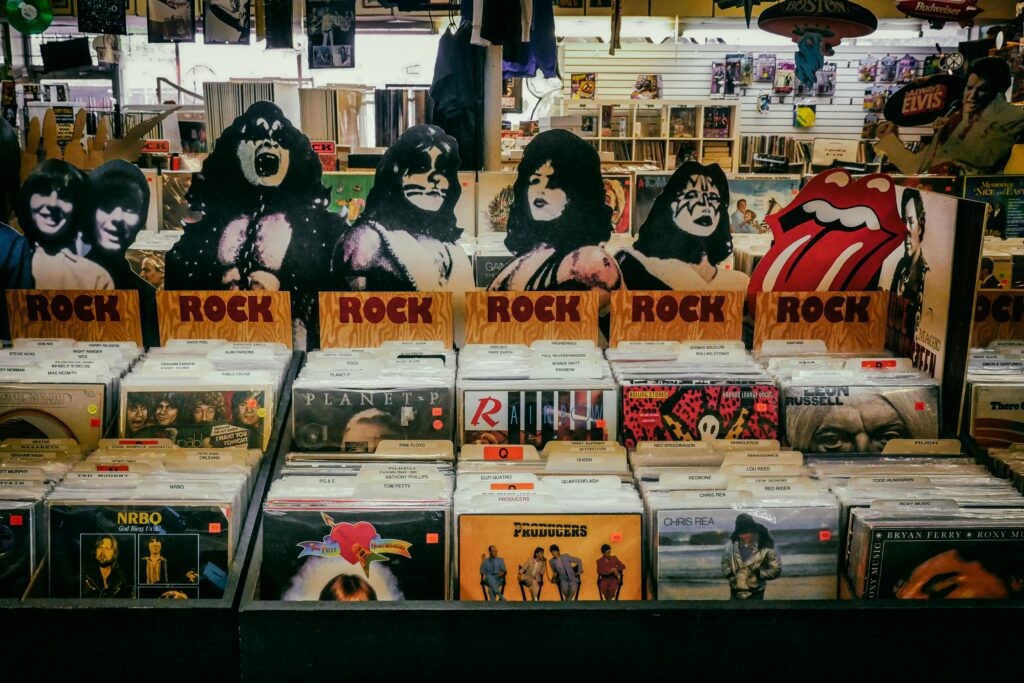
The golden age of classic rock: Bands Like Led Zeppelin, The Doors, and Pink Floyd and how they defined classic rock
To understand classic rock’s lasting impact, we need to take a look at the genre’s golden age in the 1960s and 70s. This was when some of the most influential and beloved rock bands in history were born. Led Zeppelin, The Doors, Pink Floyd, The Rolling Stones, and The Beatles all came to define what classic rock is today.
Led Zeppelin’s heavy, electrifying sound, paired with Jimmy Page’s iconic guitar riffs and Robert Plant’s soaring vocals, redefined the possibilities of rock music. Albums like IV and Physical Graffiti became anthems of a generation, blending blues, hard rock, and progressive rock in a way that had never been done before. Songs like “Stairway to Heaven” and “Whole Lotta Love” continue to be the gold standard for rock music, not only for their innovative sound but also for their timeless appeal.
Then there’s The Doors, whose combination of Jim Morrison’s poetic lyrics and Ray Manzarek’s distinctive keyboard riffs created a unique fusion of rock, blues, and psychedelic music. With hits like “Light My Fire” and “Riders on the Storm,” The Doors became synonymous with the rebellious spirit of the 60s, tackling themes of freedom, love, and existentialism.
Pink Floyd, with their conceptual albums like The Dark Side of the Moon and The Wall, took rock music in a more experimental direction, introducing synthesizers, intricate soundscapes, and deep philosophical themes. Their music transcended just being songs – it became art. The Dark Side of the Moon is still regarded as one of the greatest albums of all time, and its cultural impact is immeasurable.
These bands and many others created the blueprint for classic rock, pushing the boundaries of musical experimentation and emotional depth. Their sound was raw, unapologetic, and often transcended the typical structures of pop music. It’s no surprise, then, that their influence is still felt in rock music today.
Why classic rock continues to attract both old and new fans
One of the most remarkable aspects of classic rock is its ability to attract fans across generations. While the genre was birthed in the 60s and 70s, it has continued to resonate with young people even today. Classic rock isn’t just something your parents or grandparents listen to – it’s something that modern listeners, including younger generations, embrace.
The music’s cross-generational appeal lies in its authenticity and timelessness. The themes explored in classic rock – love, freedom, rebellion, and self-expression – are just as relevant today as they were in the 60s and 70s. The music itself has a certain rawness and depth that appeals to both the nostalgia of older fans and the curiosity of younger listeners who are exploring the roots of rock.
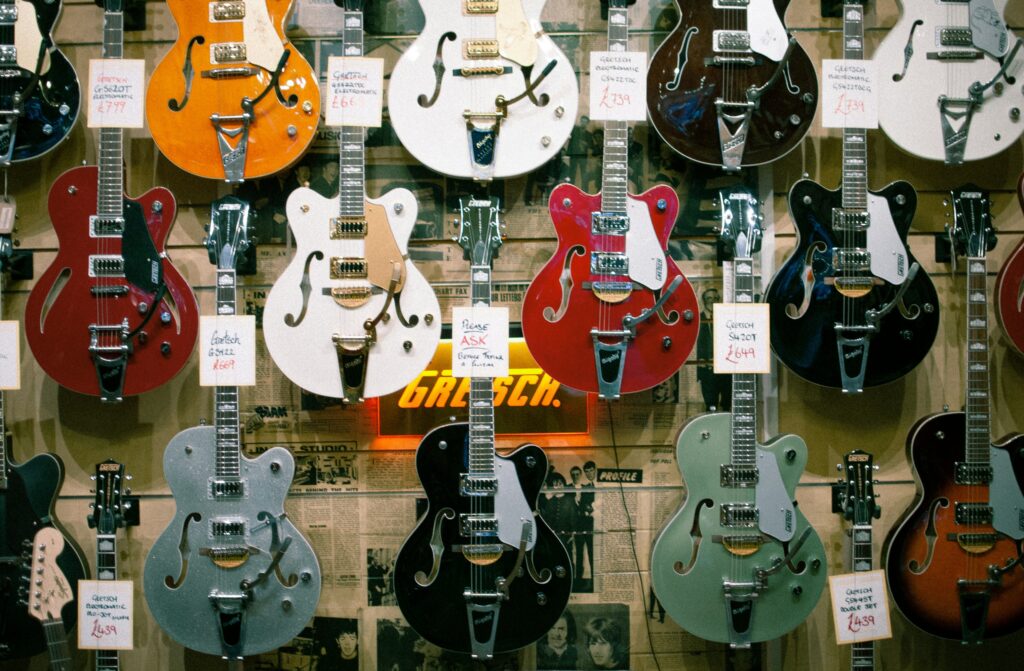
Bands like Queen, The Rolling Stones, and Pink Floyd still fill stadiums, and their music continues to inspire new generations of fans. Festivals like Glastonbury and Coachella regularly feature classic rock legends alongside newer bands, offering fans of all ages the chance to celebrate the genre together. The rise of streaming platforms like Spotify and Apple Music has also made classic rock more accessible, allowing listeners of all ages to discover and rediscover albums that have stood the test of time.
Classic rock’s enduring presence on TV shows, films, and commercials has also contributed to its cross-generational appeal. From the use of “Bohemian Rhapsody” in Wayne’s World to the timeless inclusion of “Stairway to Heaven” in countless movie soundtracks, classic rock continues to reach new audiences through pop culture. As a result, the genre’s legacy only continues to grow.
How modern bands incorporate elements of classic rock into their sound
Despite the ever-evolving nature of the music industry, classic rock remains a significant influence on modern rock bands. Even though newer genres and subgenres have emerged, the sounds and ethos of classic rock continue to inspire contemporary musicians. Modern rock bands are frequently seen channeling elements of classic rock, whether it’s through guitar-driven anthems, poetic lyrics, or a return to raw, live performances.
Take the Arctic Monkeys, for example. The band’s early albums, especially Whatever People Say I Am, That’s What I’m Not, were deeply rooted in classic rock influences. Their jangly guitar riffs and catchy melodies recall the sounds of The Strokes and The Beatles, while their poetic lyrics are reminiscent of the storytelling traditions of classic rock.
Other modern acts, like The Black Keys, Rival Sons, and Greta Van Fleet, are often praised for their retro sound, which channels the spirit of Led Zeppelin, The Rolling Stones, and other rock pioneers. These bands may incorporate modern production techniques, but their core sound remains firmly rooted in classic rock’s foundations.
The revival of vinyl records is another testament to the lasting impact of classic rock. Vinyl, often associated with classic albums from the 60s and 70s, has experienced a massive resurgence in recent years. This nostalgia for tangible music formats shows just how much classic rock still resonates in today’s music culture.
Why classic rock continues to dominate the airwaves and remain relevant in today’s music scene
Classic rock’s enduring legacy is a testament to the timeless power of its music. The genre’s influence on modern rock, and music as a whole, is undeniable. The raw energy, timeless anthems, and emotional depth of classic rock continue to captivate listeners today. Its ability to cross generational boundaries, inspire modern bands, and remain a staple in pop culture ensures that it will continue to resonate for years to come.
Let’s recap what we’ve learned today:
- The sound of classic rock is rooted in the 60s and 70s, borrowing from blues and classic Rock’n’Roll
- The 70s saw industry giants such as Led Zeppelin, The Doors and Pink Floyd come and go
- While it may be rooted in the 60s and 70s, classic rock is in no way out of date: Now more than ever it attracts younger and older audiences alike
- The messages in songs by artists like Queen, The Rolling Stones and Pink Floyd are still relevant today
- Music is ever-evolving, nothing ever stays the same, but classic rock influences can be found in countless modern and contemporary pieces by artists such as Arctic Monkeys
- A lot of modern artists quote classic rock as their main inspiration
- Lately, vinyl as a medium has resurfaced, fueling the fascination with classic rock
- Modern messages, blended with 60s and 70s-era nostalgia is a potent mixture for modern rock culture
- Without classic rock, modern genres like Nu Metal, Metal, Alternative Rock, Postmodern Rock or Progressive Rock would not have been invented
- We should honor and respect classic rock artists for their significant contribution to modern rock music culture
Classic rock doesn’t just live in the past – it remains a living, breathing part of the musical landscape, constantly being reinterpreted, rediscovered, and celebrated. Whether you’re a fan of the original classics or a new listener experiencing the genre for the first time, classic rock is here to stay. And its relevance? It’s as powerful as ever.



